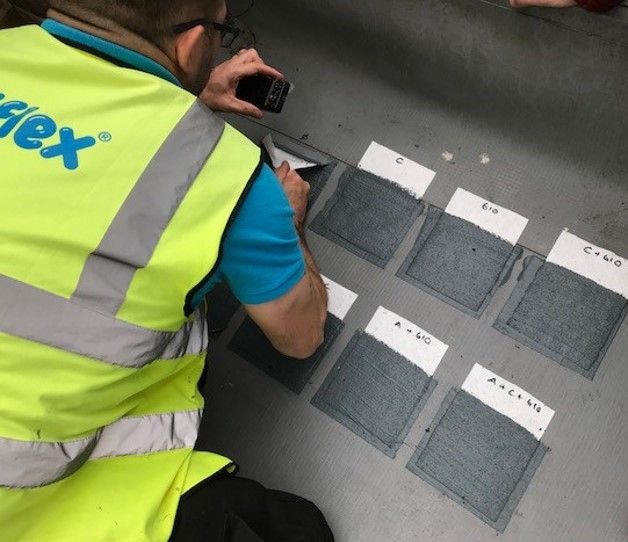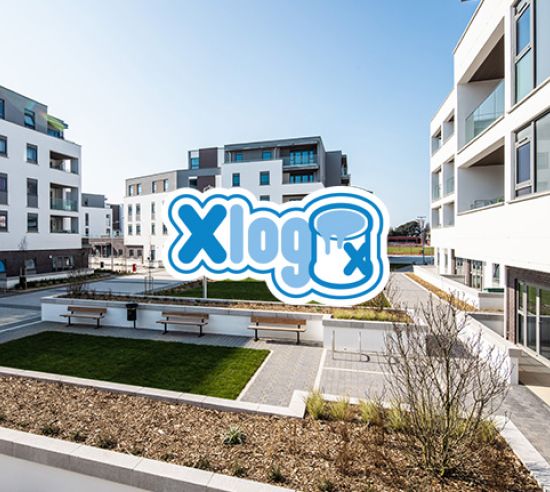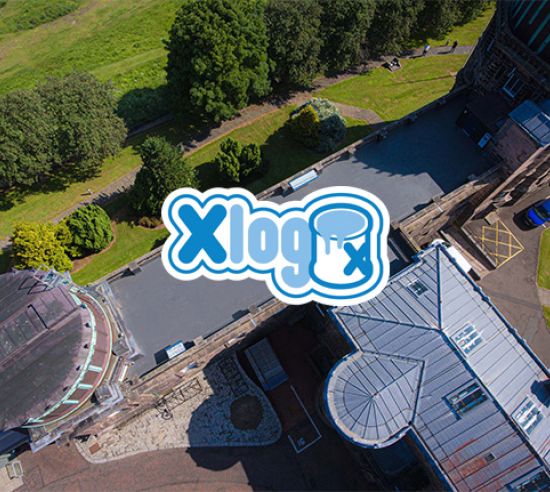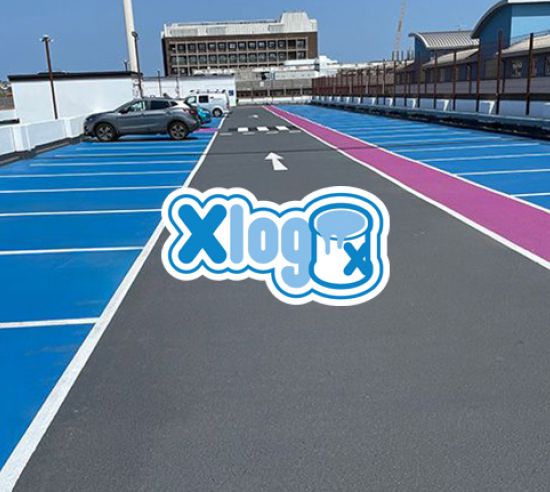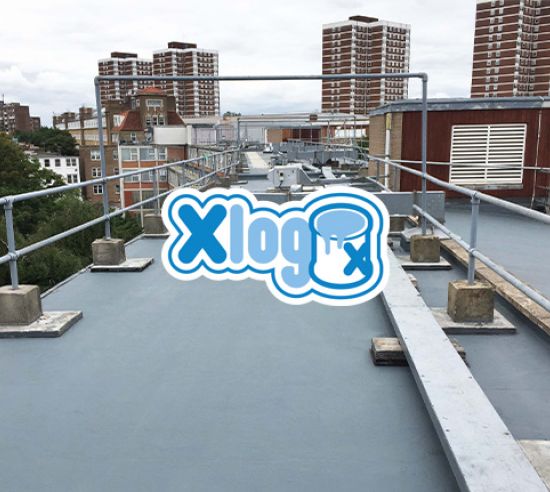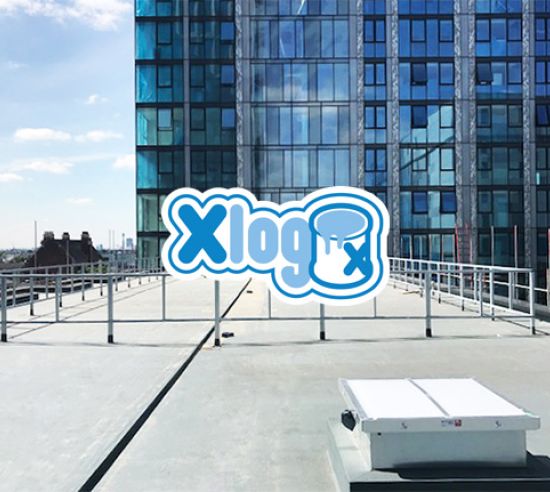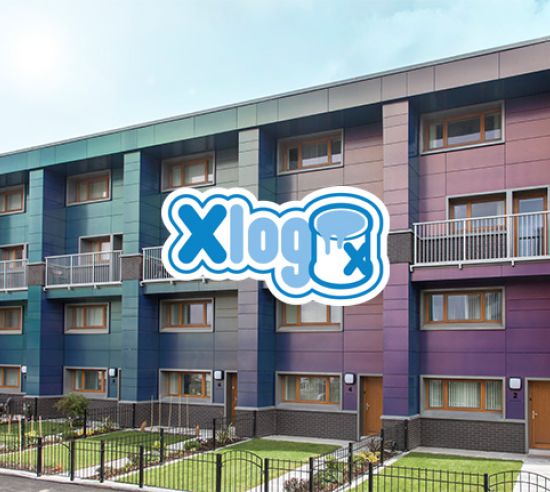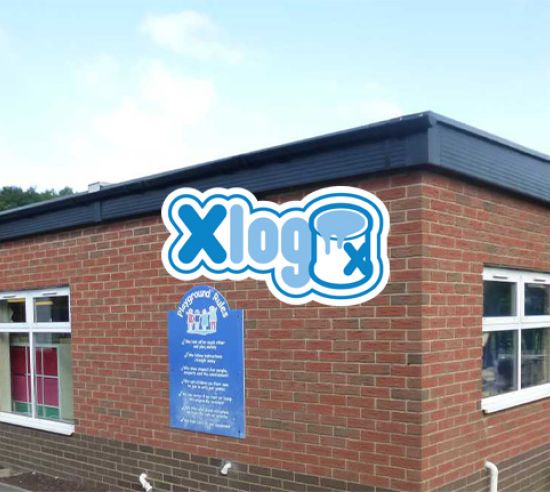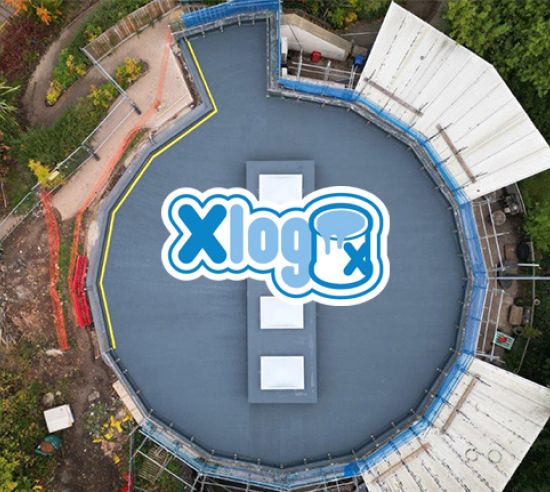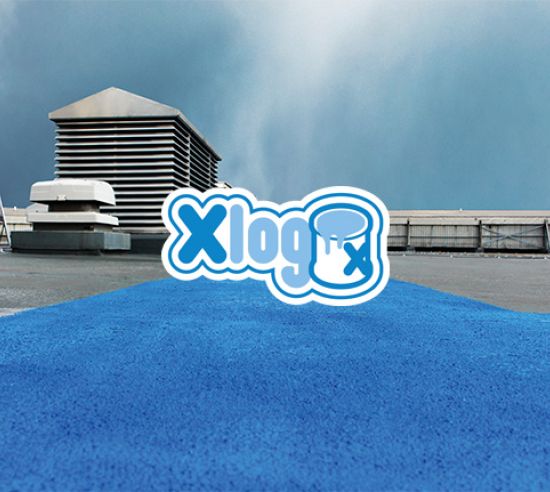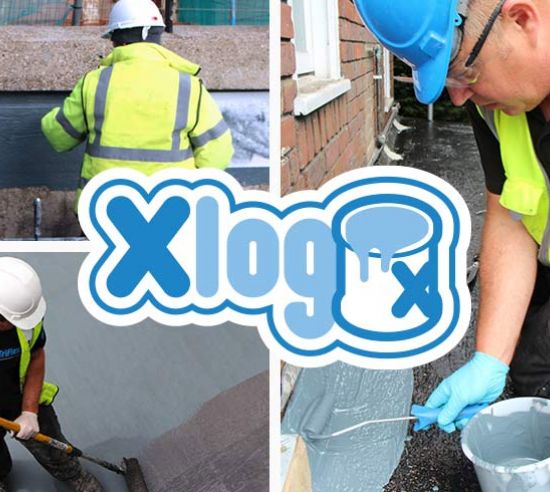When single ply membranes reach the end of their working life, finding a solution for refurbishment can be challenging. The solution must deal with all existing issues such as punctures, splits, lap failures and shrinkage, while ensuring long-term compatibility.
Not only should the solution address the existing problems, but with single ply membranes in particular, it should also provide greatly enhanced resistance to punctures and trafficking-related failures, including issues from fixings within the underlying system.
Critically when dealing with such membranes, compatibility of the materials needs to be thoroughly considered to avoid damaging the single ply and rendering it ineffective as a suitable carrier for the new waterproofing or build-up.
Compatibility with single ply membranes
Single ply membranes may be based upon the following chemistries:
When considering the compatibility of any product with a single ply membrane, whether a seamless liquid applied membrane or coating, an adhesive or sealant, it is necessary to ascertain that there will not be any adverse chemical reaction. PVC-based membranes in particular, require careful attention to ensure that there will be no adverse effects caused by plasticiser migration.
For new membranes the manufacturer may have its own approved solutions, however for refurbishment, given the vast number of membranes available and loss of records, it may not be possible to determine the specific membrane, its formulation or even the manufacturer.
As a manufacturer specialising in cold liquid applied waterproofing systems for overlay, detailing and repair of single ply and other systems, Triflex has laboratory tested our compatibility with more than 150 single ply membranes available in Europe. Although this testing provides a good indication as to the required methods of preparation, adhesion and compatibility, our experience has shown that different results may be achieved with the same membrane from different batches, whether due to differences in formulation or manufacture, or even a simple change in colour of the membrane.
Based on this experience, even if details of the membrane are known, we would recommend that preparation and adhesion is tested on site in each and every case.
Where the membrane is known to be, or shows the characteristics of PVC-p or the proposal is to overlay a larger roof, we recommend that samples from various areas of the roof are extracted for laboratory analysis. Triflex’s complimentary inhouse laboratory testing regime includes compatibility testing, adhesion testing and tests for plasticiser/polymer migration, both before and after severe accelerated weathering and immersion.
Preparation and priming of single ply membranes
In many cases with advanced liquid applied resin technologies such as PMMA, adhesion can be gained after simple cleaning of the existing membrane with peel strength levels far in excess of those typically encountered at laps.
In other cases, typically where the membranes are known to be difficult to repair or suffer from lap adhesion failure, the surface may need a primer or a key followed by a primer to promote adhesion.
It is important that if a primer is used that its compatibility is also tested and that it is designed solely for adhesion and not as a barrier to plasticiser or polymer migration as a failure or imperfections in the primer could have an impact on the membrane itself.
Through a variety of preparation and priming methods, Triflex has achieved adhesion and compatibility to almost every membrane tested including TPO, FPO and EPDM-based products.
Possibilities for overlay include:
- Full waterproofing of failed membranes
- Detail only waterproofing (penetrations and upstands)
- Heavy-duty walkways e.g. for trafficked gutters and high-access plant areas
- Coloured demarcation, graphics or signage
- Warm roof and other build-ups above the existing membrane
For a successful result in refurbishment, compatibility testing is critical in all of the above cases.
When considering the application of a warm roof build-up above existing single ply membranes, whether using liquid applied or other waterproofing systems, the fixing method for the insulation is also critical.
If reliance is sought from adhesives then these need to be tested for compatibility, and consideration given to the long-term performance of a partially bonded, insulated build up over what is typically a partially bonded membrane.
Proven solutions
At Triflex we can offer compatibility with virtually all single ply membranes whether for full overlay, detail only, localised protection or demarcation. Our solutions range from detailing small penetrations to full overlays of 10,000m2 or more on plasticised PVC membranes.
Our solutions are designed to greatly enhance the puncture resistance of the single ply, deal with splits and issues at laps, and can incorporate anti-skid and heavy-duty finishes as required.
Triflex waterproofing systems are applied in a cold liquid form, in a simple, single layer, wet-on-wet application process and are fully cured within 60 minutes even at low temperatures, allowing all year-round waterproofing of single ply and other membranes.


